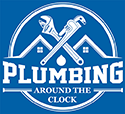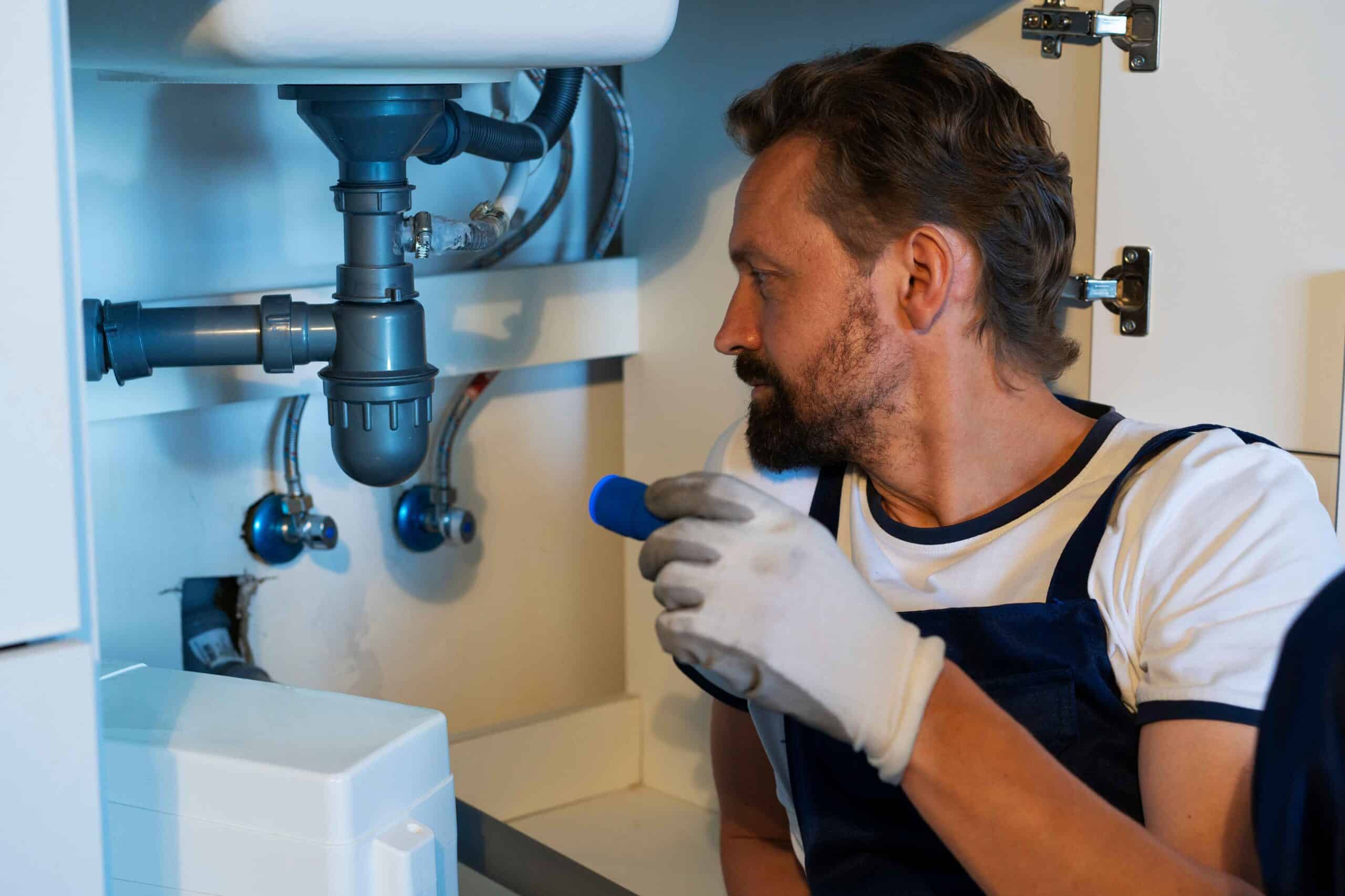
Backflow in plumbing poses a significant risk to water safety by allowing contaminants to enter the clean water supply through reverse flow. This can occur due to factors like pressure changes or cross-connections, leading to health hazards such as bacterial infections or chemical contamination. Installing backflow prevention devices like check valves and ensuring regular maintenance is essential for safeguarding your water system. In cases where backflow issues arise, timely intervention with emergency plumbing services can prevent contamination and protect both public health and regulatory compliance.
Backflow in plumbing refers to the unwanted reversal of water flow within a piping system, potentially leading to contamination of the water supply. It can occur due to backpressure, where downstream pressure exceeds the supply pressure, or backsiphonage, which results from negative pressure drawing water from sources like sinks or toilets back into the clean water supply. Installing backflow prevention devices, such as check valves and vacuum breakers, is crucial for keeping plumbing systems safe and maintaining the purity of potable water.
Backflow contamination can result from various causes that compromise the safety of the water supply. One common cause is backsiphonage, where a drop in pressure in the main supply line causes water to flow in reverse. This can occur during firefighting, water main breaks, or high water demand. Another cause is backpressure, which happens when downstream pressure exceeds the supply pressure, forcing water to flow backward. This often occurs when a boiler or similar equipment is connected to the water supply without the proper safeguards. Cross-connections between non-potable and potable water sources are another risk if backflow prevention devices are not in place.
Contaminated water due to backflow can pose serious health risks. Backflow incidents can introduce harmful pathogens and chemicals into the water supply, leading to:
Regular maintenance and the use of backflow prevention devices are critical to mitigating these health risks.
Backflow prevention devices are essential for protecting your home’s water supply from contamination. These devices stop water from flowing in the reverse direction, preventing pollutants from entering the clean water system. Common prevention methods include backflow preventer valves and air gaps. Backflow preventer valves are installed on the main water line and allow water to flow in only one direction. Air gaps provide a physical separation between the water outlet and the flood-level rim of a fixture, ensuring that backflow cannot occur. Regular maintenance and testing of these devices are crucial to ensuring their continued effectiveness.
Addressing backflow issues promptly is vital for protecting the integrity of your water supply. Quick responses to backflow incidents can:
Other Plumbing Tips:
| M | T | W | T | F | S | S |
|---|---|---|---|---|---|---|
| 1 | 2 | 3 | 4 | |||
| 5 | 6 | 7 | 8 | 9 | 10 | 11 |
| 12 | 13 | 14 | 15 | 16 | 17 | 18 |
| 19 | 20 | 21 | 22 | 23 | 24 | 25 |
| 26 | 27 | 28 | 29 | 30 | 31 | |

